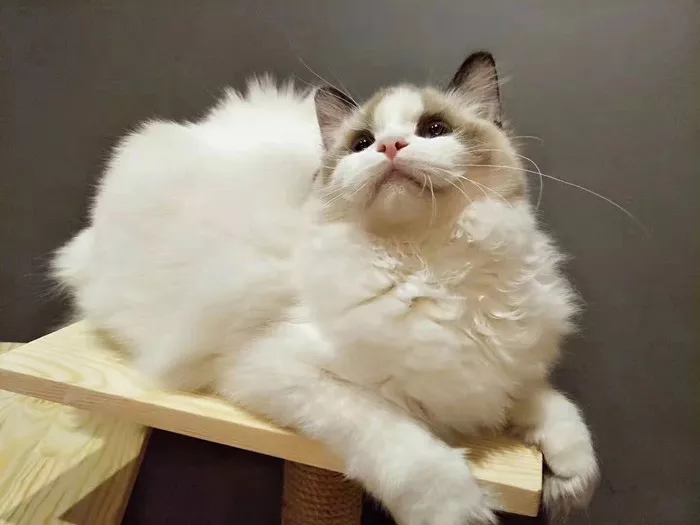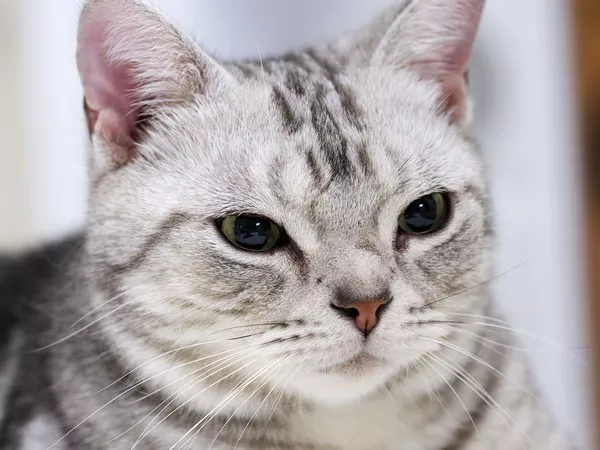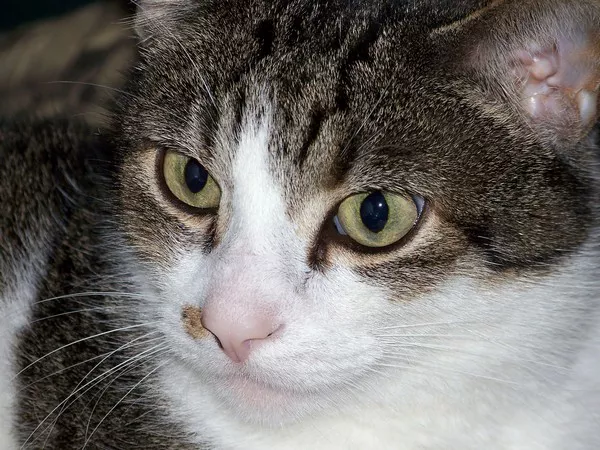Welcoming a litter of kittens into the world is a joyous occasion, and as a responsible cat owner, ensuring the health and well-being of the mother cat (queen) during this crucial period is paramount. One of the key aspects of postpartum care is providing the queen with a nutritionally balanced diet that supports her recovery, milk production, and the growth of her kittens. In this comprehensive guide, we explore the dietary needs of a nursing cat, the best food choices for a lactating queen, and essential tips to promote a smooth and healthy transition into motherhood.
Understanding the Nutritional Demands of a Nursing Cat
The period after giving birth, known as the postpartum or lactation period, is a time when the queen’s body undergoes significant changes to support her kittens. During this phase, the nutritional requirements of the mother cat are elevated to meet the demands of nursing and ensure the optimal growth and development of her kittens.
Increased Energy Needs: Nursing and caring for a litter of kittens is an energy-intensive process. The queen’s caloric requirements significantly rise during lactation to provide the energy necessary for milk production and sustaining her own health.
Protein for Growth: Protein is a critical component of a lactating cat’s diet. It is essential for the development of the kittens and helps the queen maintain her muscle mass. High-quality, easily digestible protein sources are vital.
Essential Fatty Acids: Omega-3 and omega-6 fatty acids play a crucial role in supporting the development of the kittens’ nervous system and promoting a healthy coat for both the queen and her offspring.
Vitamins and Minerals: Adequate amounts of vitamins and minerals, including calcium and phosphorus, are essential for bone development in kittens. A balanced diet ensures that both the queen and her kittens receive the necessary nutrients.
Choosing the Right Cat Food for a Nursing Queen
Selecting the right cat food for a nursing queen is a key factor in promoting her health and the well-being of her kittens. Here are some considerations when choosing cat food for a lactating queen:
High-Quality Cat Food: Opt for a premium, high-quality cat food designed specifically for nursing queens. Look for formulations that address the increased energy and nutritional needs during lactation.
Protein-Rich Formulas: Choose cat food with a higher protein content to support the growth and development of the kittens. Protein-rich formulations help the queen maintain her own muscle mass.
Essential Fatty Acids: Ensure that the cat food contains sufficient omega-3 and omega-6 fatty acids. These contribute to the overall health of the queen and are vital for the development of the kittens’ nervous system.
Balanced Nutrition: Look for cat food that provides a balanced mix of vitamins and minerals, including calcium and phosphorus, to support bone development in the kittens.
Wet or Dry Food: Consider the queen’s preference for wet or dry cat food. Some cats may have a preference for one over the other. Both wet and dry formulations can meet the nutritional needs of a lactating cat.
Feeding Guidelines for a Nursing Cat
Establishing a feeding routine that aligns with the queen’s nutritional needs is essential for her health and the well-being of the kittens. Here are feeding guidelines for a nursing cat:
Free Access to Fresh Water: Ensure the queen has constant access to fresh, clean water. Hydration is crucial for milk production and overall well-being.
Frequent, Small Meals: Provide the queen with frequent, smaller meals throughout the day. This helps meet her increased energy requirements and ensures a steady supply of nutrients for the kittens.
Monitor Body Condition: Regularly monitor the queen’s body condition. Adjust the portion size of her meals based on her body weight and condition to prevent excessive weight loss or gain.
Gradual Transition: If transitioning to a new cat food, do so gradually to avoid digestive upset. Mix small amounts of the new food with the old food over several days.
Supplementation if Necessary: In consultation with a veterinarian, consider nutritional supplements if there are concerns about meeting the queen’s dietary requirements through regular cat food alone.
Homemade Cat Food: Pros and Cons
Some cat owners may consider preparing homemade cat food for their nursing queen. While this approach can offer a more personalized diet, it comes with both advantages and potential pitfalls.
Pros of Homemade Cat Food:
Customization: Homemade cat food allows for customization based on the queen’s preferences and dietary needs.
Quality Control: Cat owners have direct control over the quality of ingredients used in homemade food.
Limited Additives: Homemade cat food can minimize the inclusion of additives and preservatives often found in commercial cat food.
Cons of Homemade Cat Food:
Nutritional Imbalance: Achieving a nutritionally balanced homemade cat food recipe can be challenging. Cats have specific dietary requirements that may be challenging to meet without professional guidance.
Time-Consuming: Preparing homemade cat food can be time-consuming, and it may not be practical for cat owners with busy schedules.
Potential for Deficiencies: Without careful planning, homemade cat food may lack essential nutrients, leading to deficiencies that can impact the health of the queen and her kittens.
Supplementing a Nursing Cat’s Diet
In certain cases, supplementation may be necessary to ensure the queen receives all the essential nutrients during lactation. Veterinary guidance is crucial when considering supplements. Common supplements for nursing cats may include:
Calcium Supplements: Calcium is vital for bone development in kittens. If the cat food does not provide sufficient calcium, supplements may be recommended.
Omega-3 Fatty Acid Supplements: To support the queen’s health and the development of the kittens’ nervous system.
Vitamin and Mineral Supplements: Depending on the cat’s overall health and dietary intake, specific vitamin and mineral supplements may be advised.
Monitoring the Queen’s Health and Well-Being
Regular veterinary check-ups are essential during the lactation period. Monitoring the queen’s health allows for early detection of any issues and ensures prompt intervention if needed. Key aspects to observe include:
Body Weight: Track the queen’s body weight to ensure she maintains a healthy weight without excessive loss or gain.
Energy Levels: Note any changes in the queen’s energy levels. Lethargy or excessive fatigue could be indicative of health concerns.
Appetite: Monitor the queen’s appetite. A sudden loss of appetite may signal underlying health issues.
Hydration: Ensure the queen remains adequately hydrated, especially since nursing can increase her fluid requirements.
Kitten Growth: Observe the growth and development of the kittens. A healthy, well-nourished queen contributes to the thriving of her offspring.
See Also: Cat Reproduction: Heat Cycles, Pregnancies & More
Conclusion:
Providing optimal nutrition for a nursing cat is an integral part of ensuring a healthy transition into motherhood. Understanding the specific dietary needs of a lactating queen, choosing the right cat food, and implementing a feeding routine contribute to the overall well-being of both the mother cat and her kittens. While commercial cat food formulated for nursing queens is a convenient and nutritionally balanced option, some cat owners may opt for homemade cat food with careful consideration of its pros and cons. Consulting with a veterinarian and incorporating regular check-ups are essential components of a comprehensive care plan for a nursing cat. By prioritizing proper nutrition and attentive care, cat owners contribute to the health, happiness, and vitality of their feline family during this special and delicate phase of motherhood.


























